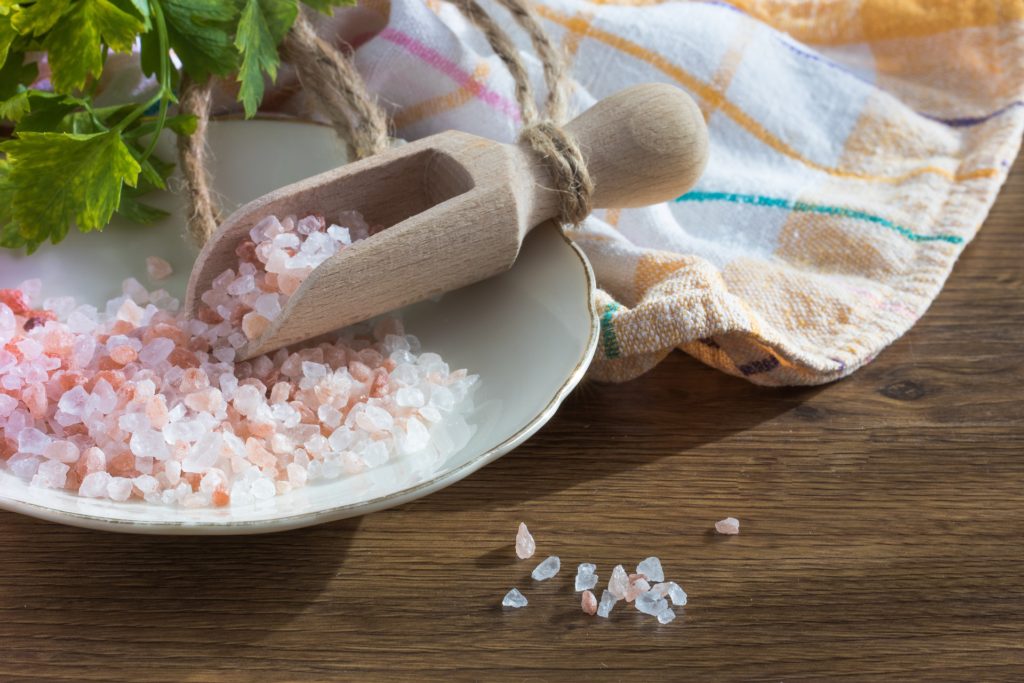 So, I’ve been seeing quite a few posts about Himalayan pink salt and the claims made for it are so ridiculous it’s annoying. So here are some facts.
So, I’ve been seeing quite a few posts about Himalayan pink salt and the claims made for it are so ridiculous it’s annoying. So here are some facts.
1. The marketing claims that it has been ‘kept pure by the snow and ice’. Like it’s been hewn from the frozen mountain tops by some intrepid yak-herder. Instead of being dug from a vast salt mine operated by the Pakistan government, located not actually in the Himalayas but in the Punjab. At a not particularly lofty 288m. There’s a reason that the Punjab is not famed for its winter sports – I’ll let you guess what that is.
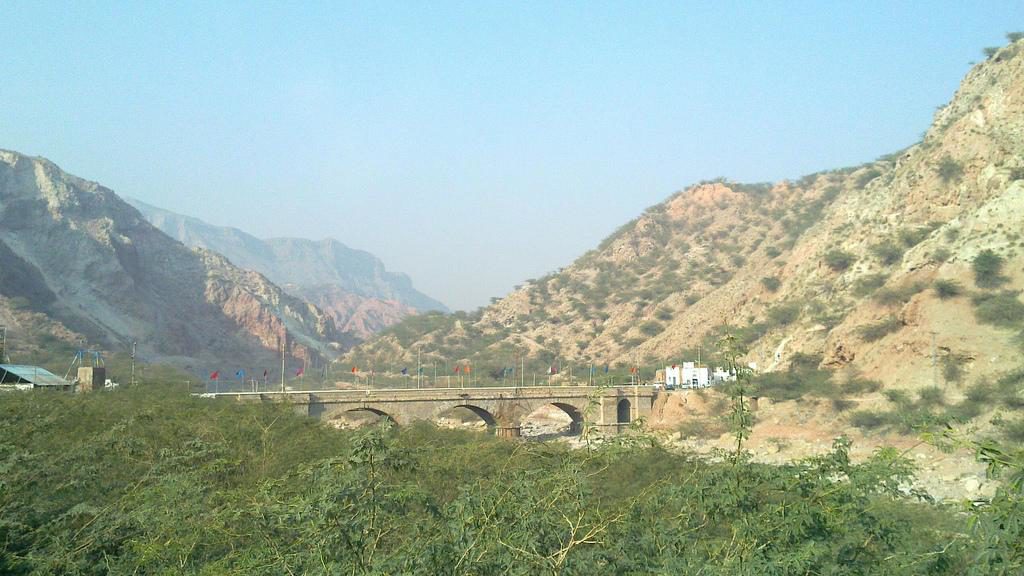
Khewra Salt Mine. Not snowy.
2. Another supposed reason for this salt’s purity is that lava flowed over it to seal in the goodness. Oh please. If lava flowed over salt, I suspect that the salt would promptly disappear due to the fact that a) it melts at a temperature lower than most lava flows and 2) it is highly soluble and magma contains water. I suppose a very thick deposit might survive. Or maybe there was some other rock in between the salt and the lava, so the salt was protected from direct contact? Nope. A quick check of the stratigraphy of the Salt Range shows no lava whatsoever. Not a drop.
3. And while making claims about its supposed purity one minute, the next minute the blurb tells us about all the imaginary health benefits bestowed by the 84 minerals in the salt – in other words, the impurities in it. Can’t be that pure then, can it?! And the fact that it’s various shades of pink is kind of a give-away on that score, since pure sodium chloride is white. Evidently it is Shrodinger’s Salt – simultaneously pure, yet full of healthy impurities.
4. The thing is, a spectral analysis shows that the trace minerals in “Himalayan” salt are present in such tiny quantities that you would be dead from salt poisoning long before you ingested even a tiny fraction of your daily requirement for most essential trace minerals. For example, to get your daily magnesium requirement (0.3-0.4g) from this stuff would require the consumption of 2kg of salt. Even getting a 100th of your requirement would mean eating 20g of salt, about 3 times your recommended daily maximum intake. The only minerals present in useful amounts are sodium and chlorine (as chloride). Just like any other kind of table salt then.
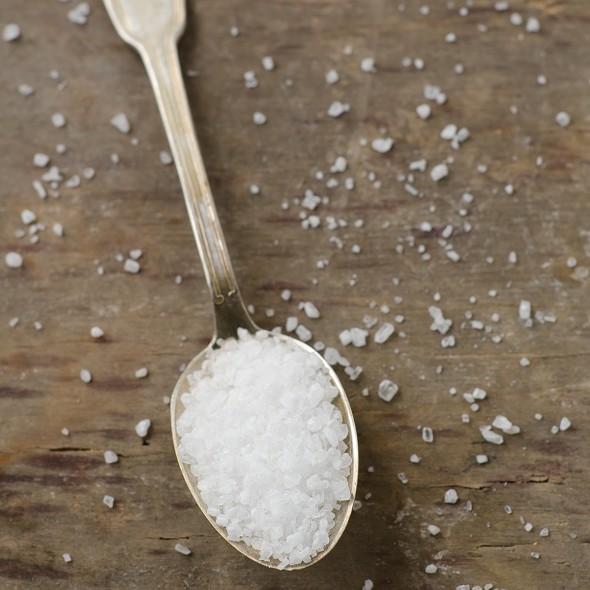
The maximum amount of salt an adult should eat per day – including that already present in processed foods such as bread and cheese.
5. It is actually a good thing that the levels of trace minerals are so low because when you read down the list, there are a few that you might want to think twice about sprinkling on your dinner. Like Thorium for example. Or Polonium (you know, the stuff that killed Alexander Litvinenko). Lead. Mercury. Uranium. Plutonium. Radium…….
6. Apart from its miraculous properties as a condiment, Punjabi halite (sorry, Himalayan pink salt) also apparently ‘emits negative ions’ which are supposed to clean the atmosphere and neutralise harmful positive ions that are created by something or other. Especially when warm, as it is when fashioned into a fetching table lamp. Now, in order to emit this stream of negative ions the sodium chloride would have to be breaking down into its constituent parts. Let’s just think about what that would produce. 1) Chlorine. A poisonous gas. Super. 2) Sodium. A metal that spontaneously combusts when exposed to air. Just what you want in your living room.
7. Of course, you are never actually going to reach the point where you run choking from the room and a hole burns through your coffee table, because no such ions are being released in any significant quantity. The only actual study that seems to have tried to measure the negative ion output of a salt lamp found more negative ions out in the street than in the room where one of these supposed magic lanterns was in use.
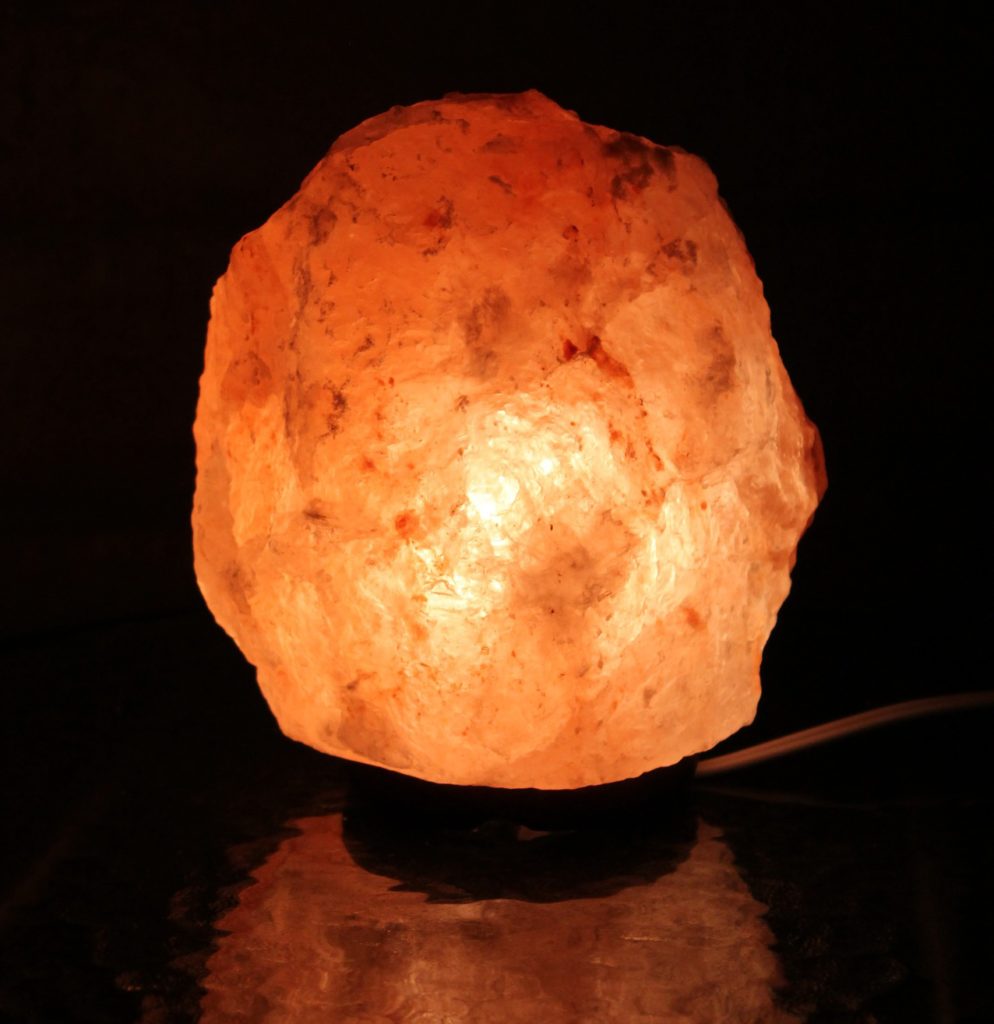
8. Even if negative ions were being emitted, they would not actually be cleaning the air. In ionizing air purifiers, the negative ions (and their payload of dust) are attracted to a positively charged plate where they are neutralized, dropping the dust particles onto a handy receptor. No such ‘wiping’ mechanism exists with a table lamp, so particulates would just continue to float around attached to the ions until they bump into a surface (any surface) and are deposited. Then you dust the surface and waft them into the air again. If you want to purify your air using negative ions, buy a freaking ionizing purifier.
Some of the claims made by the producers do have some validity.
“It’s old”. Yup – not the 250 million years claimed by some distributors (not sure where that figure came from) more like 600-800 million years old. This is supposed to be a Good Thing because it was laid down before modern pollutants were around. But then, so was all other rock salt (and yes it is rock salt not sea salt as some producers confusingly call it. It was sea salt until it was buried. All rock salt started that way). But, given its age, I am completely baffled by the ‘Best Before’ date on the packaging.
“The crystals are large, thus you get less in 1/4 tsp of it than regular table salt”. That’s true – large particles don’t pack as efficiently. It’s also true of any large-grained salt. And it’s quite a funny thing for a producer to highlight, since they are actually admitting it’s better to eat less of it. Also pretty irrelevant, since surely most people use a grinder rather than spooning large crystals into their cooking.
“It doesn’t contain added iodine”. Iodine is added to table salt as a way of reducing the incidence of goitre, an unpleasant thyroid condition, and learning disabilities. In many parts of the world, diets are deficient in iodine due to the composition of the soil and the distance from sources of seafood. But most UK salt is not actually iodised anyway. A recent study suggested that that almost 70% of teenage girls in the UK may be iodine-deficient. Yes, too much iodine also cause problems – but you are very unlikely to be getting too much iodine unless you are deliberately taking a high-dose supplement. If you are eating enough iodised salt to be worried about the iodine, then you should be more worried about the amount of salt you are consuming. You should be more concerned about getting enough iodine.
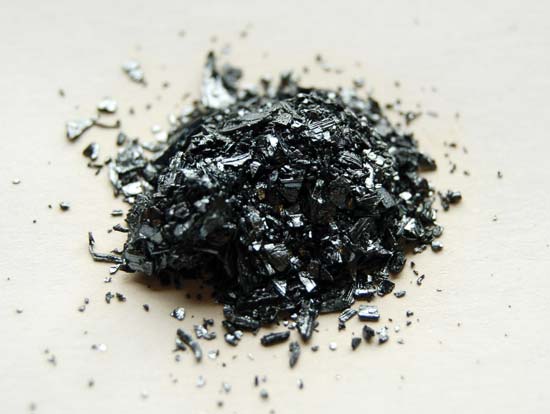
Iodine – you do actually need it
“It doesn’t contain anti-caking agents”. Some people worry about these because they have scary-sounding names and they don’t understand chemistry. But most other coarse grain table salts don’t contain them either.
“It’s mined by traditional, non-mechanical methods”. Yes, Himalayan pink salt is hand dug – because the mechanical equipment was removed in the 1990s to save money. The miners get paid a pittance and work in pretty abysmal conditions. They use improvised dynamite to boost their productivity – which I guess, technically, is not ‘mechanical’.
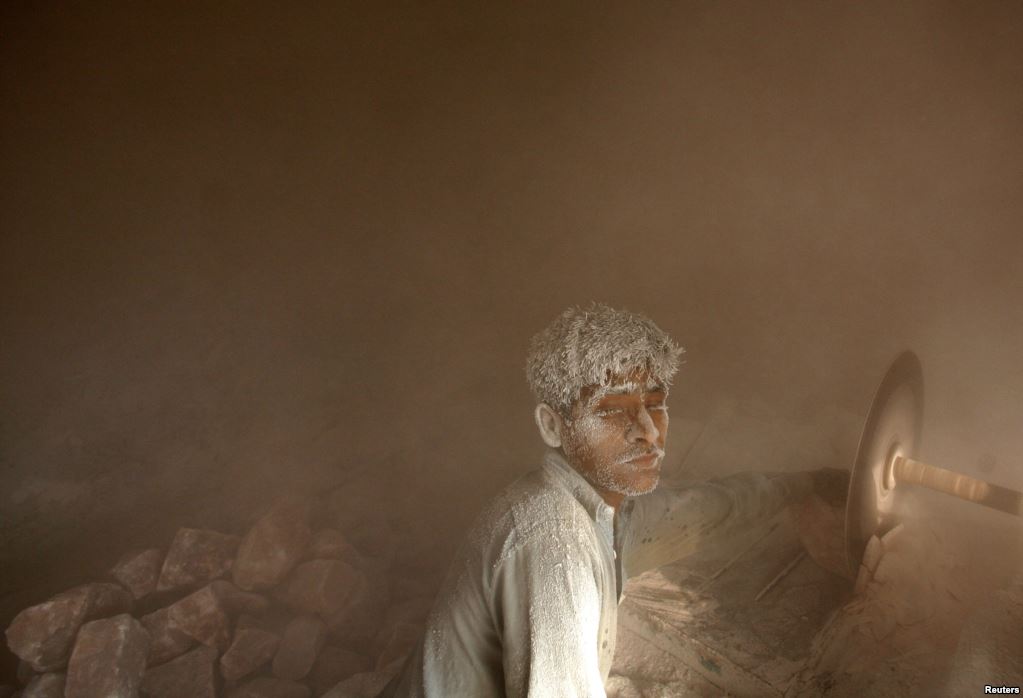
The reality of traditional mining methods in Khewra Salt Mine (from Radio Free Europe/Radio Liberty)
“The lamps remove air pollution by attracting water vapour”. The claim is that when the water vapour hits the lamp, the heat of the bulb re-evaporate the water leaving any pollutants (eg mould spores) behind. It’s true that salt is hygroscopic. What isn’t explained is why water vapour droplets in the air would somehow convey mould spores to the lamp, when mould spores are perfectly capable of floating around the room unattached to water droplets. The fact that the lamps seem to get dusty is taken by some as proof of their efficacy – well I can tell you that all my lamps get dusty too, and none of them are made from halite.
“It’s pretty”. Meh. It does look nice in a salt grinder, but personally I’m not so keen on the lamps. Maybe the spherical ones are OK.
So what about the taste? Does it taste nicer than other salt? Sorry, I’m not really qualified to say. I use so little added salt (like, a half turn of the grinder on eggs and that’s about it) that I can’t tell the difference.
Most of the claims made for Himalayan pink salt are harmless enough – just your average marketing fibs designed to separate folks from their hard earned cash by playing on their fears and ignorance of things scientific. But there is a real risk that some people might be tempted to use Himalayan pink salt more liberally than other salt because they are under the illusion that it is somehow good for them (or worse, their children). IT ISN’T. IT’S SALT – something that most people in the UK eat more than enough of already.


Numerous health claims have been made concerning himalayan salt, but there’s no scientific evidence that prove these claims.